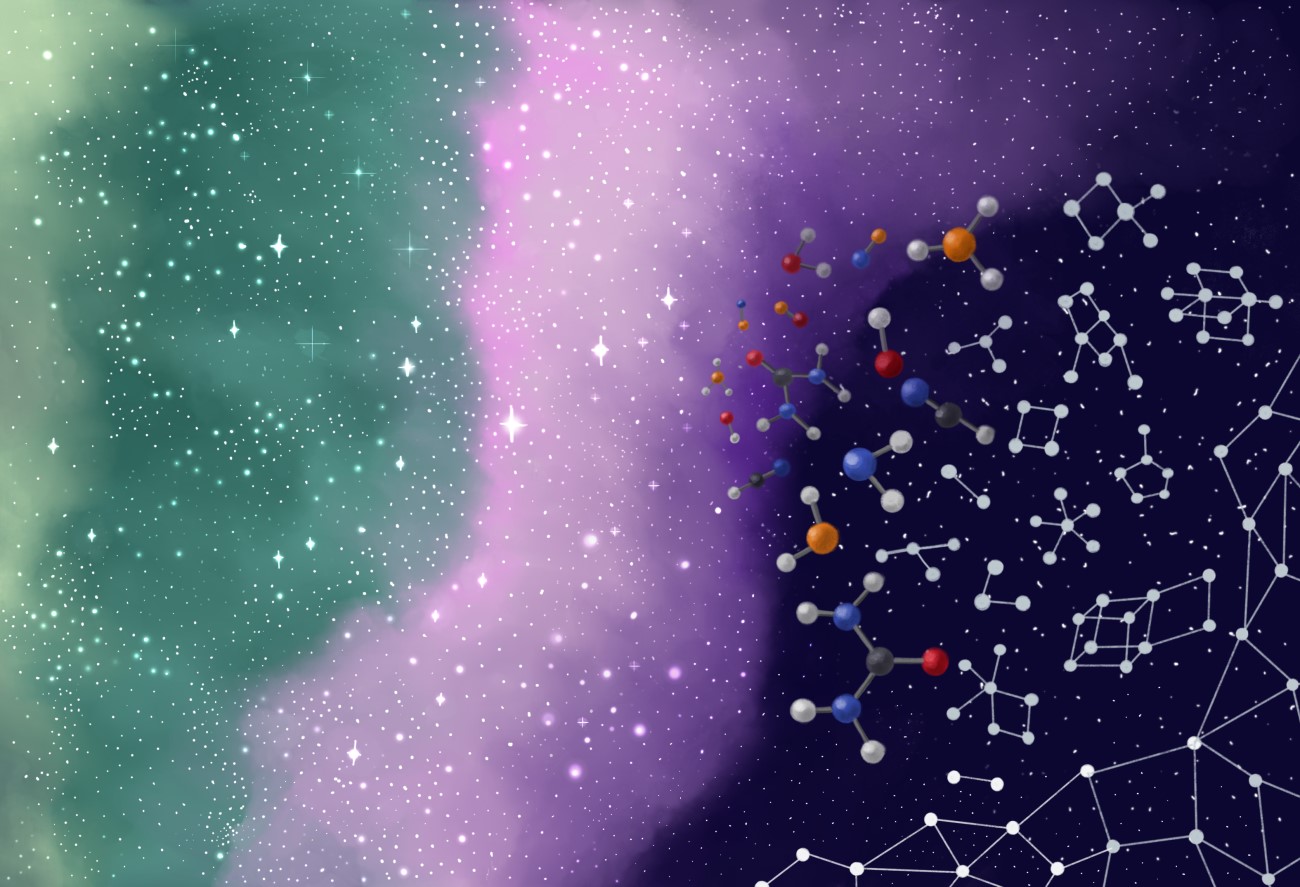Scientific interests
Our research work focuses on analyzing and modeling the evolution of complex physical, chemical and biological processes in the context of nonlinear dynamics, complex networks, game theory, systems biology and astrobiology. We perform analytical (as much as possible) and numerical (as little as possible) work, and try to collaborate with experimentalists as much as they let us to.
In summary we could say that we try to cast some light (not always successfully) on the frontier between Physics, Chemistry and Biology, sometimes playing around with Sociology and Economy. In particular, some subjects we are interested in are the following:
If you want more detailed information:
From Physics...
During my Ph.D. I was interested in studying systems whose complexity prevents traditional methods of analysis from providing enough information about their future behavior. In particular I focused my attention on the relationship between fractal structures and uncertainty in areas as diverse as astronomy and electromagnetism.
During the last decade I have become interested in Complex Networks Theory, both from a theoretical and an applied perspective. In particular, I have worked analyzing evolutionary dynamics on networks, with applications to socioeconomic, technological and biological systems.

...to Evolutionary Biology...
In the field of biology I began modeling the insulin secretion by pancreatic cells, and I dedicated the last decade to the study of evolutionary systems applied to RNA sequences and viral populations. This research is carried out in close coordination with experimentalists, focusing on the biomedical applications of our theoretical results.

...to the Origin and Early Evolution of Life...
Since I started the Complexity & Astrobiology Group at CAB, we are focusing on open problems in the context of the origin and early evolution of life. The road to life is punctuated by transitions toward complexity, from astrochemistry to biomolecules and eventually, to living organisms. Disentangling the origin of such transitions is a challenge where the application of complexity and network theory has not been fully exploited. With our work, we support that the properties that condition the extremely complex journey from the chemistry in space to prebiotic chemistry and finally to life could show simple and universal patterns.

...and Biotechnology.
In parallel, I am interested in the application of network science to biotechnology, in particular in the development of analytical techniques with environmental and health purposes. I have focused on the application of graph theory to antibody microarrays in order to improve the experimental characterization of samples, with applications to the study of allergies, toxin detection and planetary sciences.
In summary, the interests of our group in the following years will be directed to develop a new theoretical and methodological framework to apply the tools of complexity and network science to the analysis of evolutionary processes of biotechnological, biomedical or astrobiological relevance for society.
